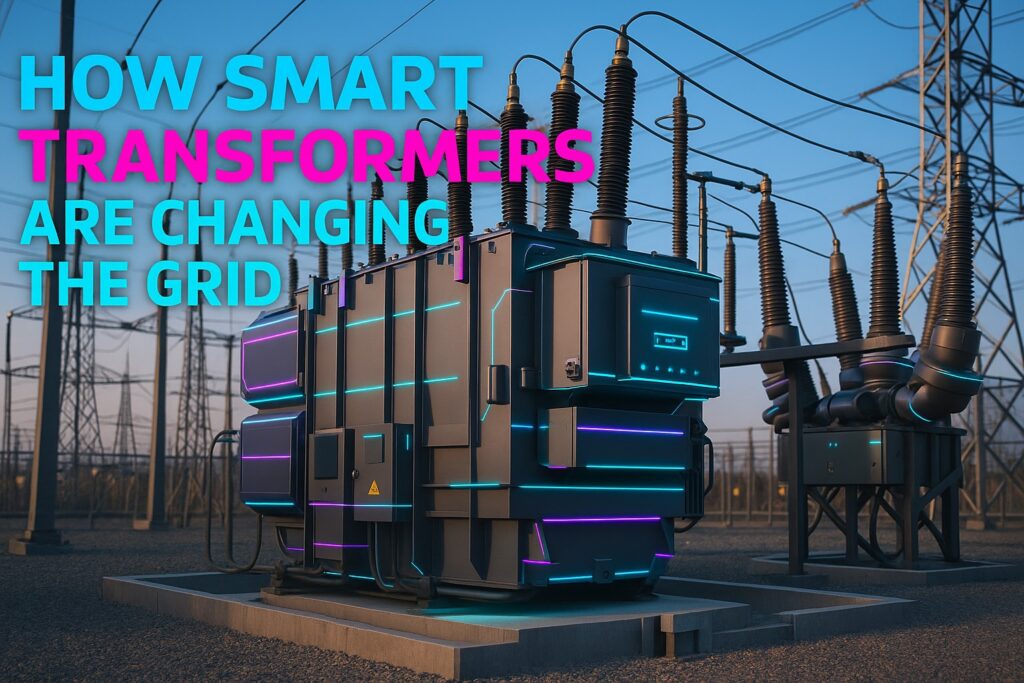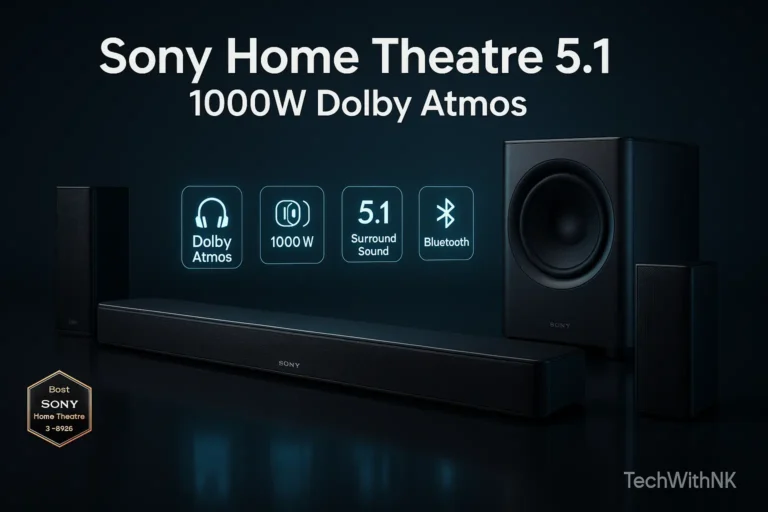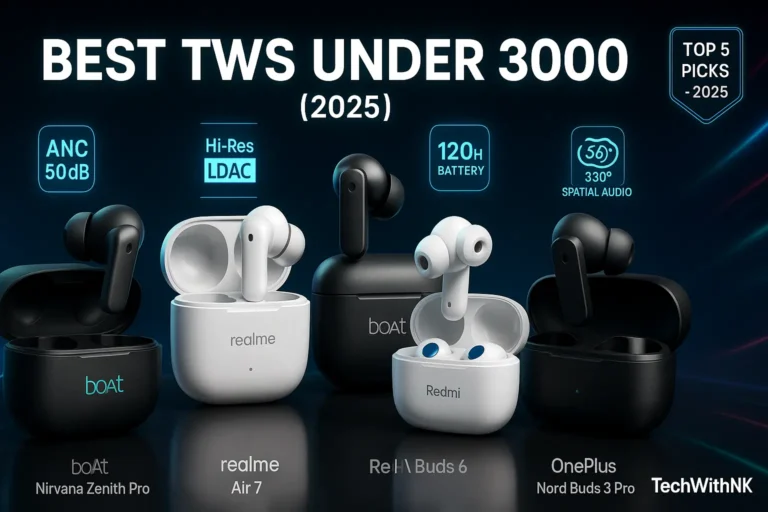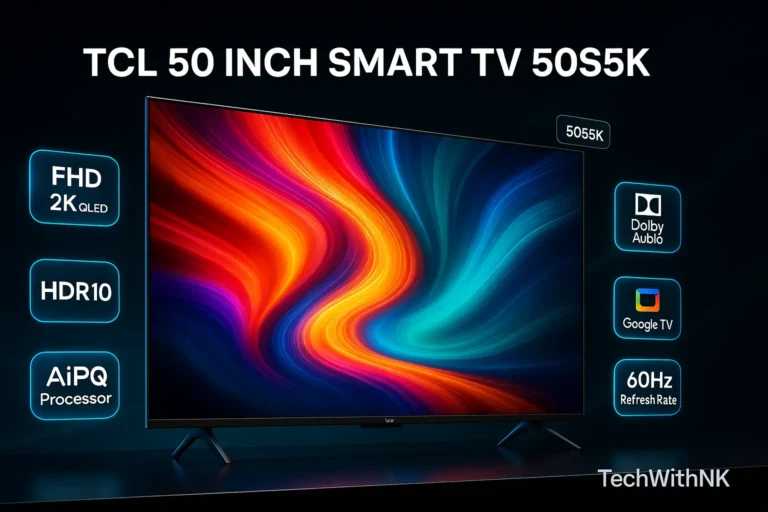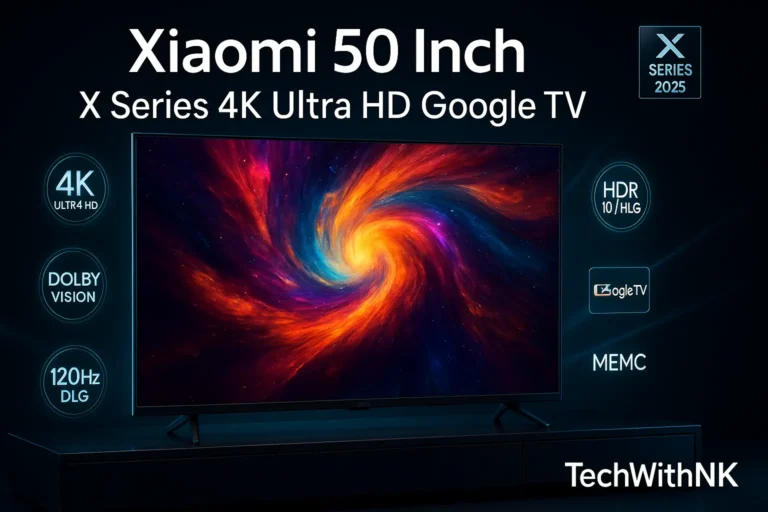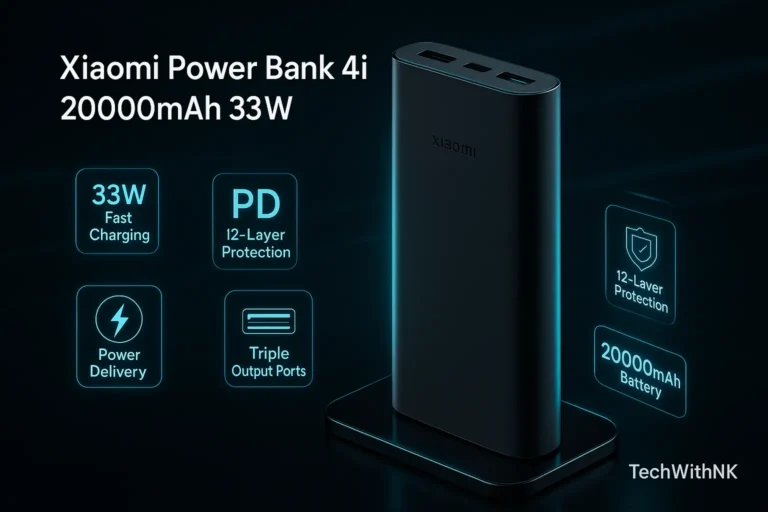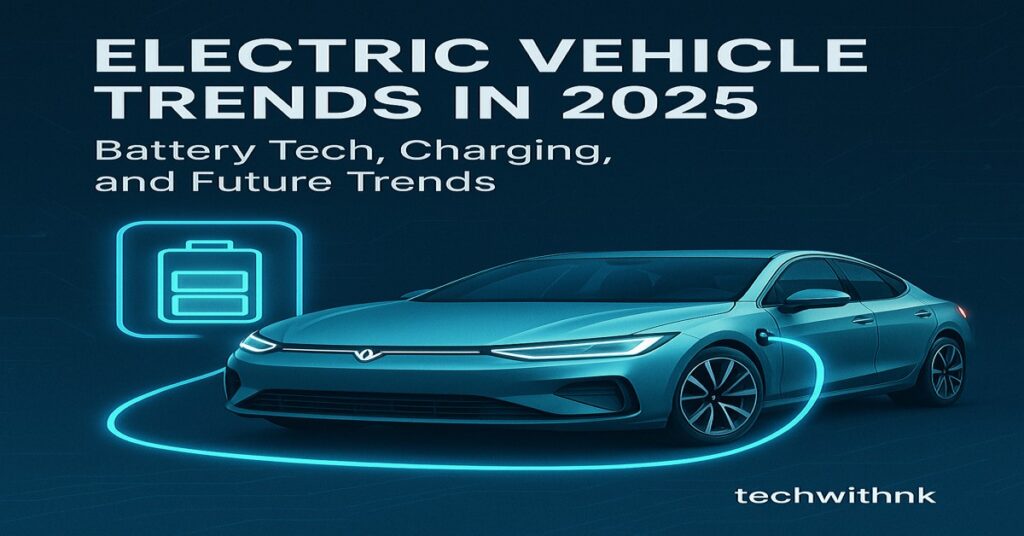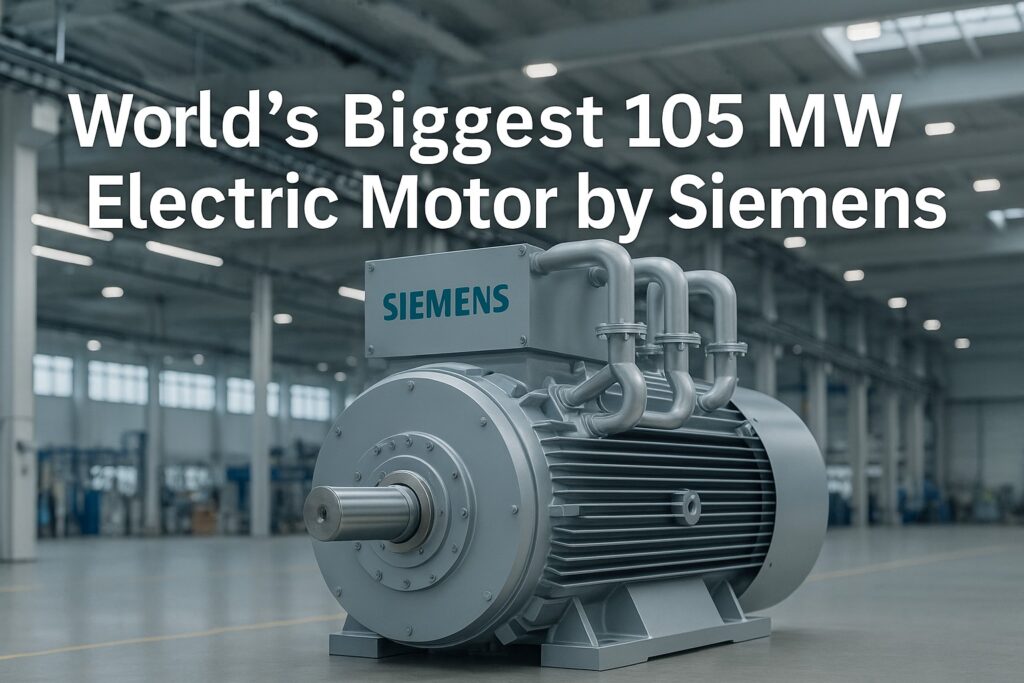Table of Contents
TogglePower Electronics: How Smart Transformers Are Changing the Grid
In the ever-evolving landscape of energy distribution, power electronics are taking center stage, and smart transformers are among the most promising innovations reshaping the electric grid. As the world shifts toward renewables, electric vehicles, and decentralized energy, traditional transformers simply cannot keep up. Smart transformers are stepping up to make the grid more flexible, efficient, and intelligent.
This in-depth guide will explore:
What smart transformers are
How they work
Why they matter for modern grids
Benefits and challenges
Key technologies inside
Global adoption trends
The future outlook
Let’s dive in.
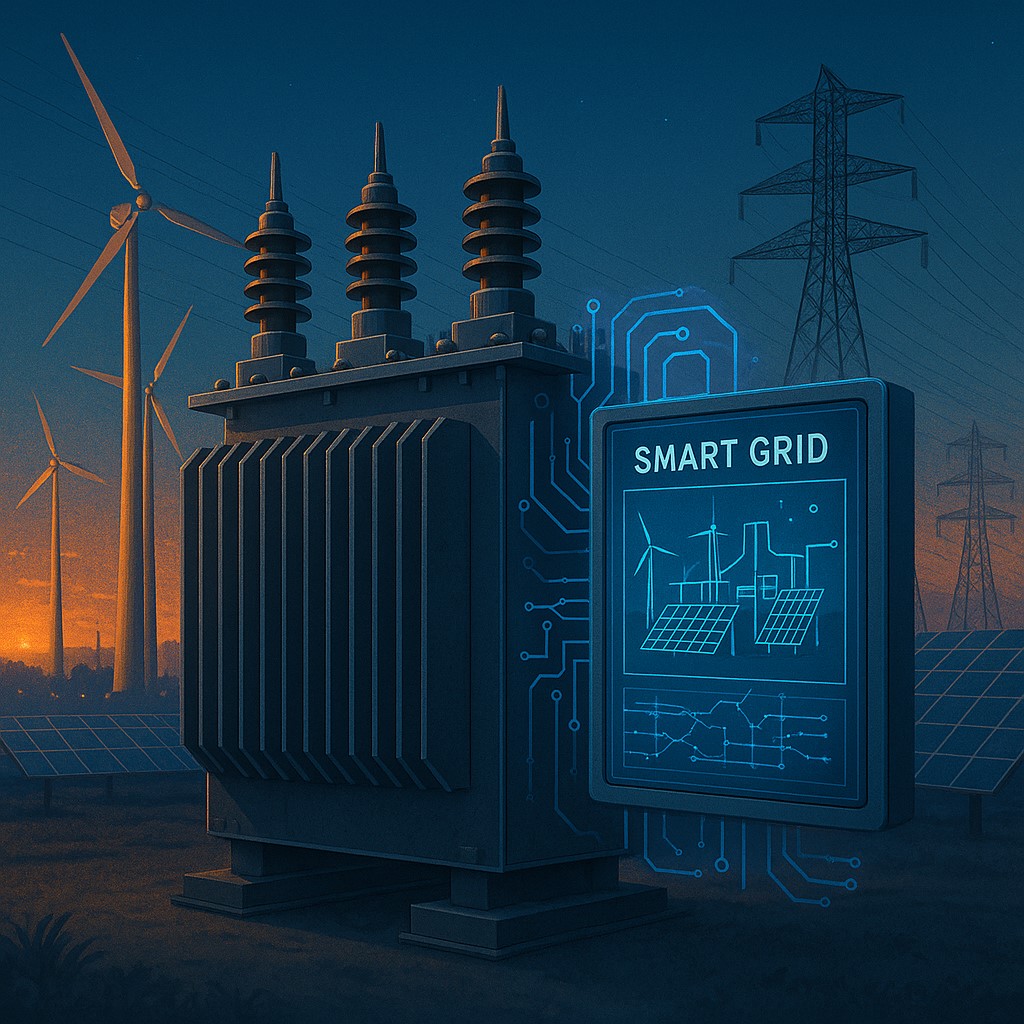
What Are Smart Transformers?
At their simplest, transformers change the voltage of electricity to safely deliver it from power plants to consumers. Traditional transformers are largely passive devices with fixed functions.
Smart transformers, however, are advanced, digitally controlled power electronic devices that not only adjust voltage but also monitor, regulate, and adapt dynamically to grid conditions in real-time. Think of them as “transformers with a brain” — merging traditional electrical engineering with cutting-edge digital intelligence.
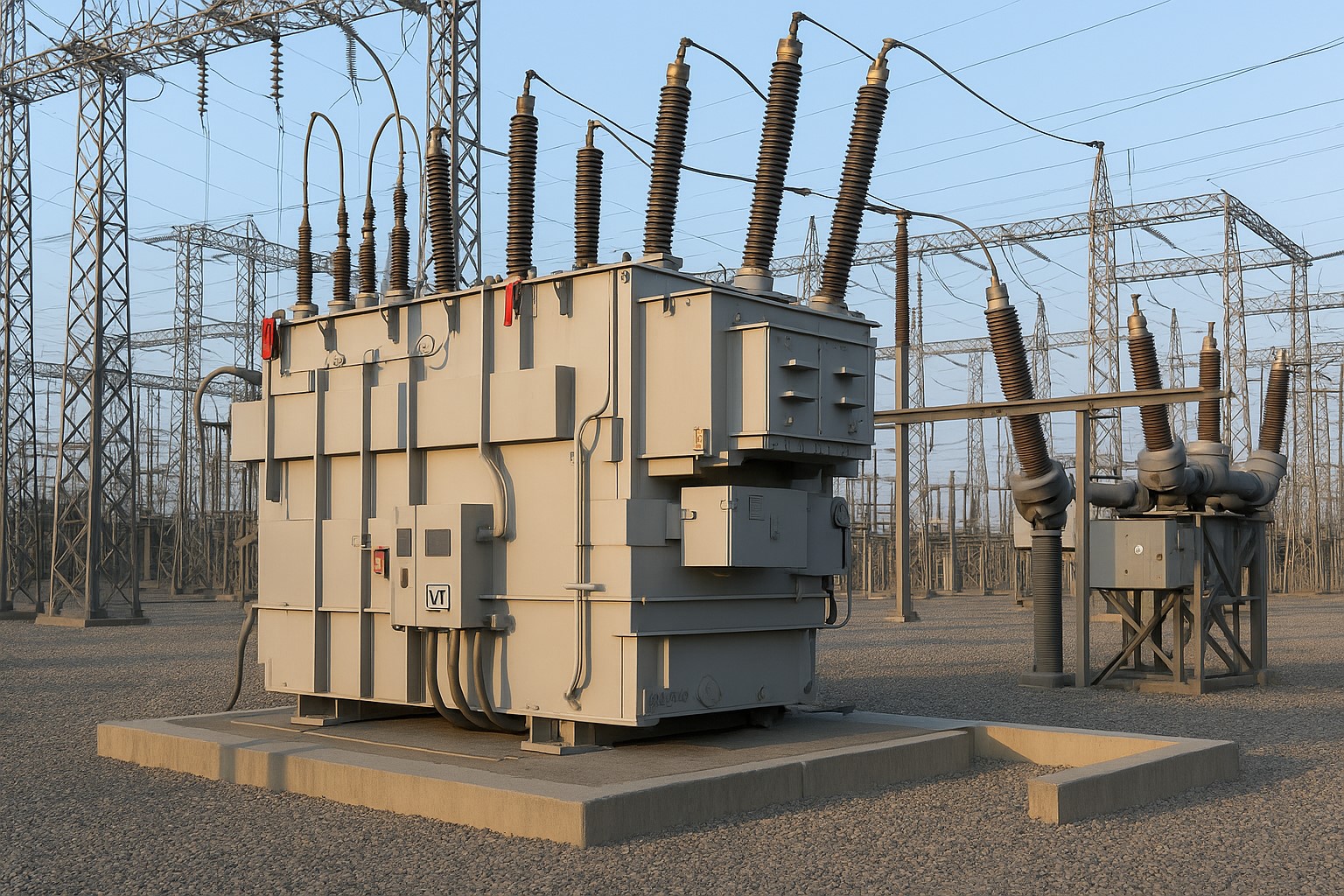
How Do Smart Transformers Work?
Smart transformers are built around solid-state power electronics such as IGBTs (insulated gate bipolar transistors), microcontrollers, and sophisticated sensors. Their main capabilities include:
✅ Dynamic voltage regulation
✅ Harmonic filtering
✅ Load balancing
✅ Grid monitoring & communication
✅ Fault detection and self-protection
They typically use advanced software algorithms to analyze data continuously and then automatically tune their behavior, helping stabilize the grid under changing loads and distributed energy sources.
They are also connected to utility communication networks, making them vital components of the smart grid revolution.
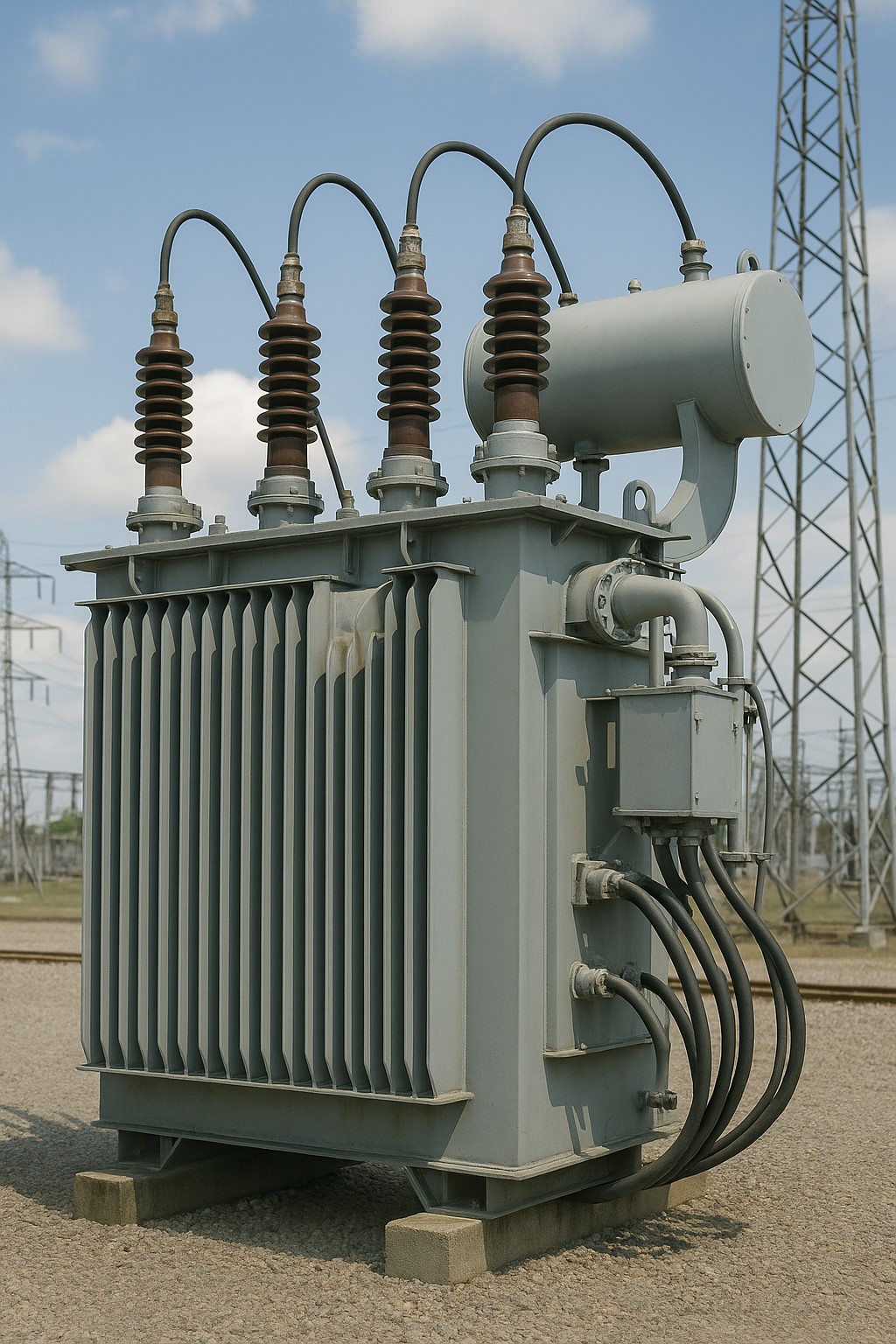
Why Smart Transformers Matter
Here’s why these intelligent transformers are critical for today’s and tomorrow’s power grids:
Integration of renewables: Solar and wind are variable. Smart transformers can manage those fluctuations seamlessly.
Electric vehicles: EV charging loads can strain the grid. Smart transformers can balance the increased demand.
Decentralized energy: Rooftop solar, home batteries, and microgrids need more flexible voltage and frequency control.
Greater resilience: In case of disturbances, smart transformers respond faster than conventional systems, improving stability.
Better efficiency: By continuously optimizing voltage and reducing losses, they save energy and money.
Benefits of Smart Transformers
Here are some clear advantages:
Real-time control of voltage and reactive power
Remote monitoring for easier maintenance
Higher power quality, reducing harmonics and flicker
Enhanced grid resilience to faults and cyber events
Optimized renewable integration
Lower energy losses thanks to adaptive algorithms
For consumers, this translates to more reliable power and fewer blackouts. For utilities, it means operational savings and meeting tougher sustainability goals.
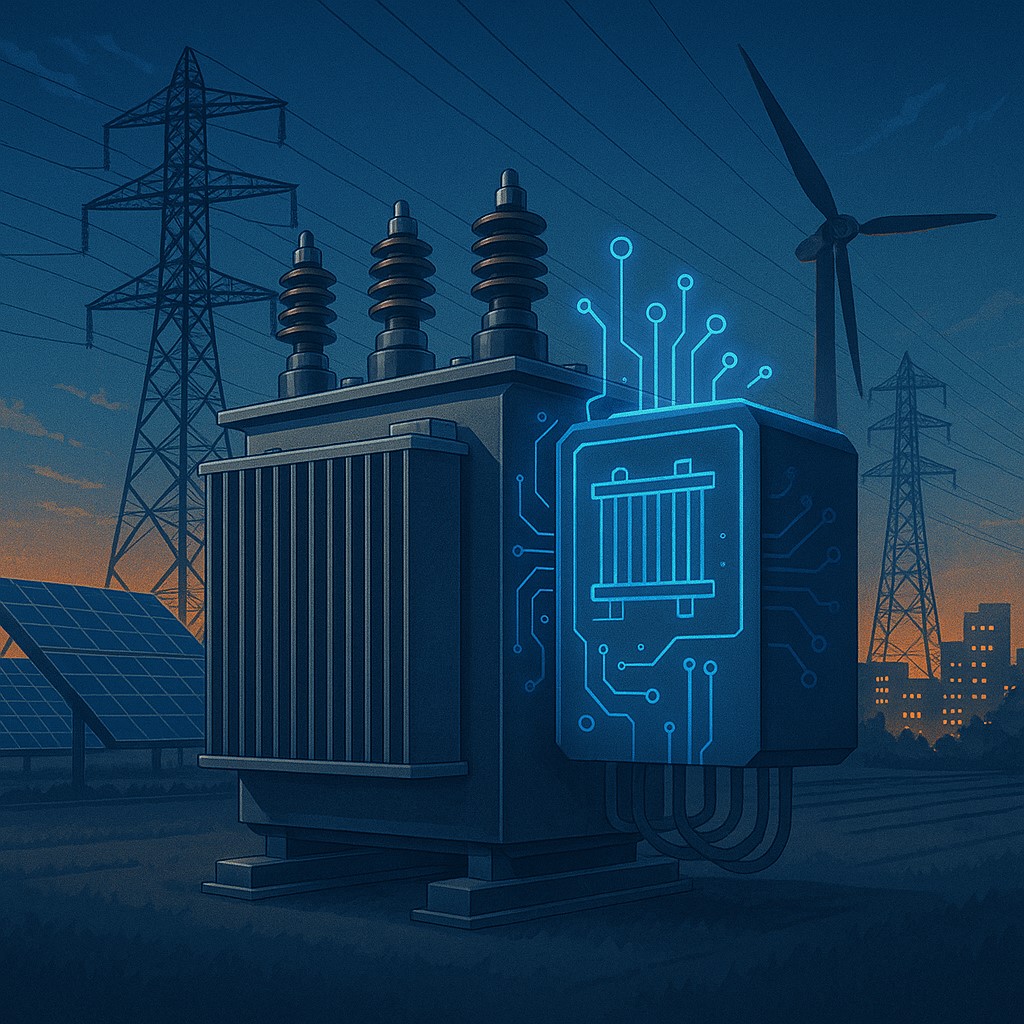
Challenges Facing Smart Transformers
Of course, adoption is not without hurdles. Challenges include:
High upfront cost compared to legacy transformers
Cybersecurity risks due to connectivity
Complex maintenance of high-tech components
Need for skilled workforce to install and maintain them
Interoperability with existing grid standards
Nonetheless, these barriers are being addressed through policy incentives, research programs, and standardization efforts worldwide.
Global Adoption Trends
Countries across Europe, North America, and Asia-Pacific are actively deploying smart transformers. For example:
Germany is trialing smart transformers to integrate solar-heavy distribution networks.
The U.S. is investing in grid modernization under infrastructure programs.
China is rapidly deploying SSTs in urban centers with high renewable penetration.
According to market reports, the global smart transformer market could reach billions of USD in the next decade, growing at a CAGR of over 8% as utilities modernize aging grids.
The Future of Smart Transformers
Looking forward, smart transformers will be crucial to:
⚡ Supporting 100% renewable grids
⚡ Enabling vehicle-to-grid (V2G) capabilities
⚡ Supporting microgrids and peer-to-peer energy trading
⚡ Facilitating real-time energy pricing
As artificial intelligence and advanced cybersecurity mature, future generations of smart transformers will become even more autonomous, adaptive, and self-healing.
visite to IEEE web site for more details
Conclusion
Smart transformers are the next logical step in power electronics evolution. By combining intelligence, connectivity, and flexible solid-state design, they promise to transform the grid into a more resilient, sustainable, and consumer-friendly network.
If you want to future-proof energy delivery — from solar-powered homes to smart cities — smart transformers will be at the heart of that transformation.
Are smart transformers replacing traditional transformers?
They are complementing them, especially in areas with renewables, EVs, or advanced microgrids.
What is the lifespan of a smart transformer?
Around 20–30 years, similar to traditional transformers, but with more frequent software upgrades.
Can smart transformers prevent blackouts?
They help minimize blackouts by isolating faults and restoring service faster.

